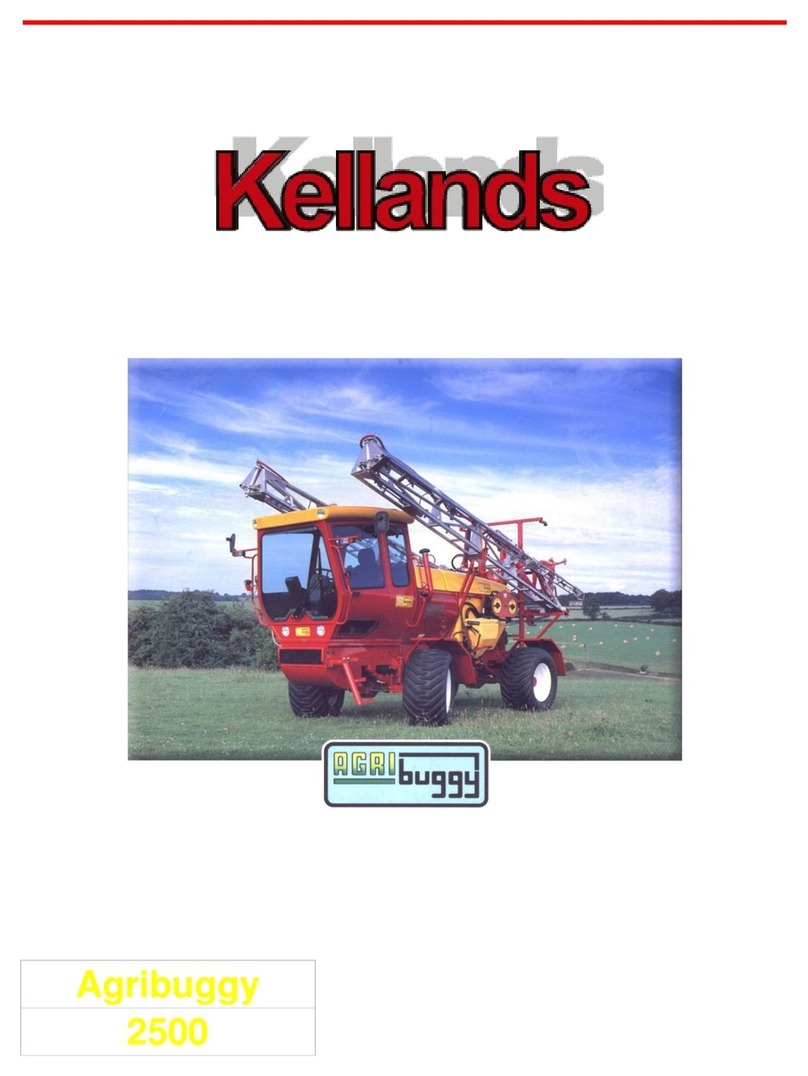
- 7 -
Safety
Safety Precautions
For your own and, more importantly, other peoples safety please read this section carefully and
remember the points made.
1. The machine should only be used, maintained and repaired by people familiar with it and in doing so they
should comply with the operating, maintenance and safety instructions in this manual.
2. The machine should not be driven at speeds in excess of 30 m.p.h. (50kph)
3. Maximum laden weight should not exceed 4.0 tonnes.
4. Keep all nuts & bolts tight.
5. Do not permit any person to ride on the machine other than the driver.
6. Stop engine and apply parking brake before leaving seat.
7. Great care should be exercised when operating on steep gradients to maintain proper stability.
8. Always keep machine in gear when going downhill. Ensure 1st gear is selected on steep hills.
9. Brakes should always be kept in proper operating condition.
10. Ensure speed is low enough for an emergency stop to be effective under all load conditions.
11. Ensure all guards, covers and access panels are fitted at all times.
12. Ensure engine is stopped and handbrake applied before carrying out adjustments or lubrication.
13. Engine must be stopped before connecting, disconnecting or making any adjustment to the hydraulic power
take off.
14. Never start the engine other than from the driving position.
15. Select neutral and depress clutch & foot brake before starting engine.
16. The machine should be regularly maintained as per the maintenance schedule in this manual.
17. Before carrying out any repairs or welding on the Agribuggy, the sprayer or the spreader, remove all
chemical and fertiliser residues with a pressure washer or steam cleaner together with a suitable detergent and
brushing if necessary - Burning chemical fumes are extremely toxic - Ammonium Nitrate (e.g. Nitram) can be
explosive. Chemical residues are extremely hazardous to anyone working on the machine.
18. Hose machine down regularly - do not allow dirt / fertilisers to build up on the engine, particularly ammonium
nitrate - this can create a fire hazard!
NB If any factory or field repairs have to be carried out on a contaminated machine we reserve the right
to either refuse to carry out the work or to charge for any necessary cleaning.
Agricultural chemicals can be very dangerous. Improper selection or use can seriously injure people, animals,
plants, the soil or other property. Be safe: select the right chemical for the job. Handle it with care. Follow the
instructions on the container label and instructions for the spraying equipment.




























